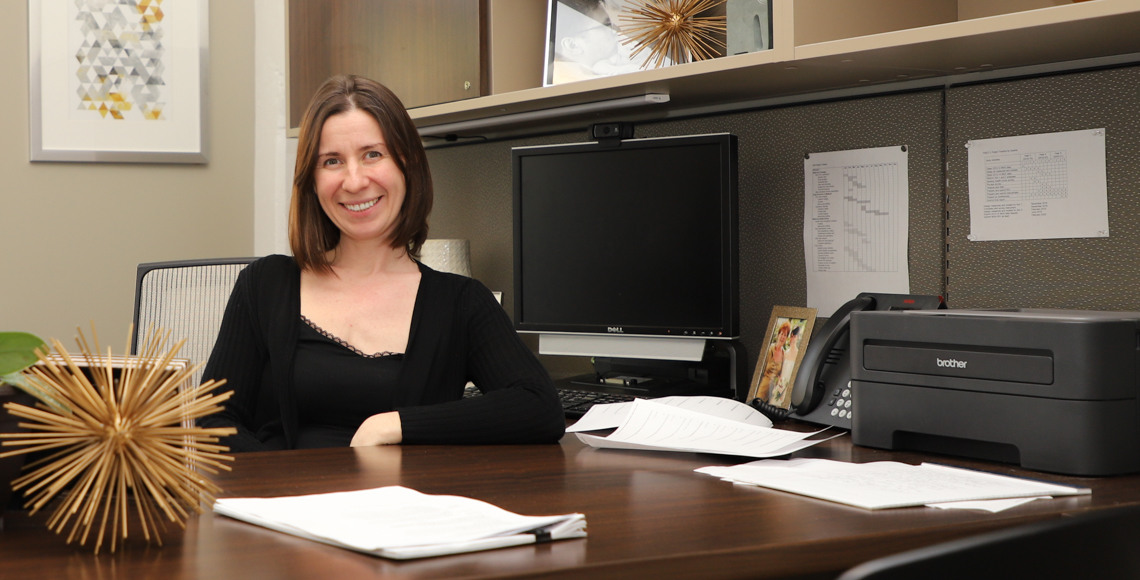March 2, 2020
Chris Woodley • cwoodley@mailbox.sc.edu
According to the U.S. Department of Health and Human Services, 10.3 million people misused prescription opioids in 2018. That same year, two million people had an opioid misuse disorder. As tens of thousands of Americans die annually from opioid overdose, the prominent media publication, The Hill, sponsored a panel last week in Washington to address this pressing issue. Associate Professor Christina Andrews, a leading researcher on opioid use disorder, was one of seven panelists for the event, America’s Opioid Epidemic: Lessons Learned and a Way Forward.
“It is important to have opportunities like this to bring together policymakers, researchers and people in the patient community to discuss how we can continue to advance efforts to address the opioid epidemic,” Andrews said. “The audience consisted of a wide range of stakeholders, including healthcare leaders, substance use disorder treatment providers, congressional staffers, and people from the philanthropic community. It was a great opportunity to talk about some of our research and some of the ways that our findings suggest could help improve access to treatment, which is the focus of my work.”
In addition to Andrews, other speakers included Dr. Nora Volkow, Director of the National Institute on Drug Abuse and congressmen Dave Joyce (R-Ohio) and Paul Tonko (D-New York). According to Andrews, there is bipartisan support to respond to the opioid epidemic as both parties understand the effects of the crisis and the need for change and action. Congress has provided federal funds through the 21st Century Cures Act and the SUPPORT for Patients and Communities Act. Both laws are important in enabling states to build infrastructure, advance treatment, and provide greater access to patients who may face financial barriers to treatment. But funding will end in a few years. While innovations and some evidence-based treatments have reduced the risk of overdose deaths by as much as 50 percent, only 20 percent of people with opioid use disorder in the U.S. currently receive medications. Some of the reasons for the low percentage include the lack of available treatments within communities, particularly rural areas, and insurance coverage issues.
“It’s important to continue to think about how we can leverage some of the available programs, especially Medicaid, to increase treatment availability and the number of people receiving care,” said Andrews. “Approximately 40 percent of opioid use disorder patients are currently covered by Medicaid, so that is an important policy lever for increasing treatment access.”
According to The Hill website, the publication’s readership includes 100 percent of Congressional offices, the White House, lobbyists, association executives and corporate leaders.
“These events are well-publicized and well-attended,” Andrews said. “They (The Hill) does a good job of bringing together some key stakeholders at the federal level and within Washington who are working on these issues to various degrees. It's an important opportunity to spread the word.”
